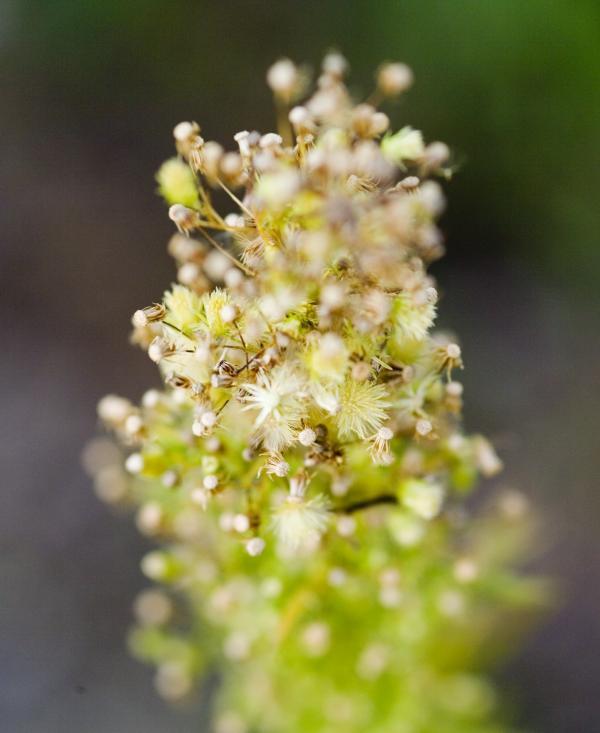The number of exotic plants increased significantly in Europe
The number of imported plant species has tripled in the last 25 years. This is the discovery of a study conducted by European scientists. They conducted data assessments from 48 countries and regions in Europe.
A total of 5789 species are classified as strange species. Of these, 2843 species originated outside Europe, according to researchers and according to their article published in Preslia. In contrast, in 1980 only 1568 exotic species were registered. Among them, 580 species originated outside Europe. According to the researchers, an average of 6 new species enter Europe each year. Strange species inventory information helps to develop a European-managed management translator and a risk assessment tool to protect ecological diversity. New species will cause long-term changes to ecosystems because they compete with native species. They are considered to be one of the biggest threats to biodiversity.
The highest number of exotic plants is in Belgium, the United Kingdom and the Czech Republic. The UK, Germany and Belgium have the largest number of introduced species, new species can even establish a solid empire at their new home. Among the most widespread plant species is Canadian flounder (Conyza canadensis), chrysanthemum (Helianthus tuberosus), and yang (Robinia pseudoacacia), both of which originated in North America.

Among the most widespread new plant species is the Canadian flounder (Conyza canadensis) of North American origin.(Photo: André Künzelmann / UFZ)
More than three-quarters of all new plants are brought to Europe by accident.Not only can new species threaten native vegetation, they also cause economic damage , such as ragweed. Ripe grass originates from North America and has recently spread to most parts of Europe. Its pollen is one of the most powerful allergens. The initial estimate of the annual cost in Germany relates to 3 of the 470 newly introduced strong-growing species that amounted to 70 million euros.
As part of the DAISIE project, all strange species that appear in European countries have been explored and recorded for the first time. Ecosystem information as well as widespread development of exotic plants and exotic animals are collected and published online ready to serve anyone interested in this issue. Institutes and research institutions in 15 countries participated in the project.
Refer:
Lambdon, P, Py% u0161ek, P., Basnou, C., Arianoutsou, M., Ess, F., Hejda, M., Jaro% u0161ik, V., Pergl, J., Winter, M., Anastasiu, P., Andriopoulos, P., Bazos, I., Brundu, G., Celesti-Grapow, L., Chassot, P., Delipetrou, P., Josefsson, M., Kark, S., Klotz, S., Kokkoris, Y., Kühn, I., Marchante, H., Perglová, I., Pino, J., Vilà, M., Zikos, A., Roy, D., Hulme, P. Alien flora of Europe: species diversity, temporal trends, geographical patterns and research needs.Preslia, 2008;80: 101-149
- The number of malaria deaths in Europe increased rapidly
- Error MS06-040 made the number of zombies increase
- The number of deaths due to hot weather in Europe increased sharply
- Network attacks IM and P2P increased by 700%
- Exotic plants after the Fukushima disaster
- The most exotic plants in the world
- Exotic plants, bearing rare spiral shapes
- Europe: 30 most polluting power plants
- The 10 most exotic plants on Earth
- The US warned of exotic plants, which could cause permanent blindness
- 80,000 species of plants on Earth are about to become extinct
- Things to do now to prevent dengue
 Is the magnetic North Pole shift dangerous to humanity?
Is the magnetic North Pole shift dangerous to humanity? Washington legalizes the recycling of human bodies into fertilizer
Washington legalizes the recycling of human bodies into fertilizer Lightning stone - the mysterious guest
Lightning stone - the mysterious guest Stunned by the mysterious sunset, strange appearance
Stunned by the mysterious sunset, strange appearance